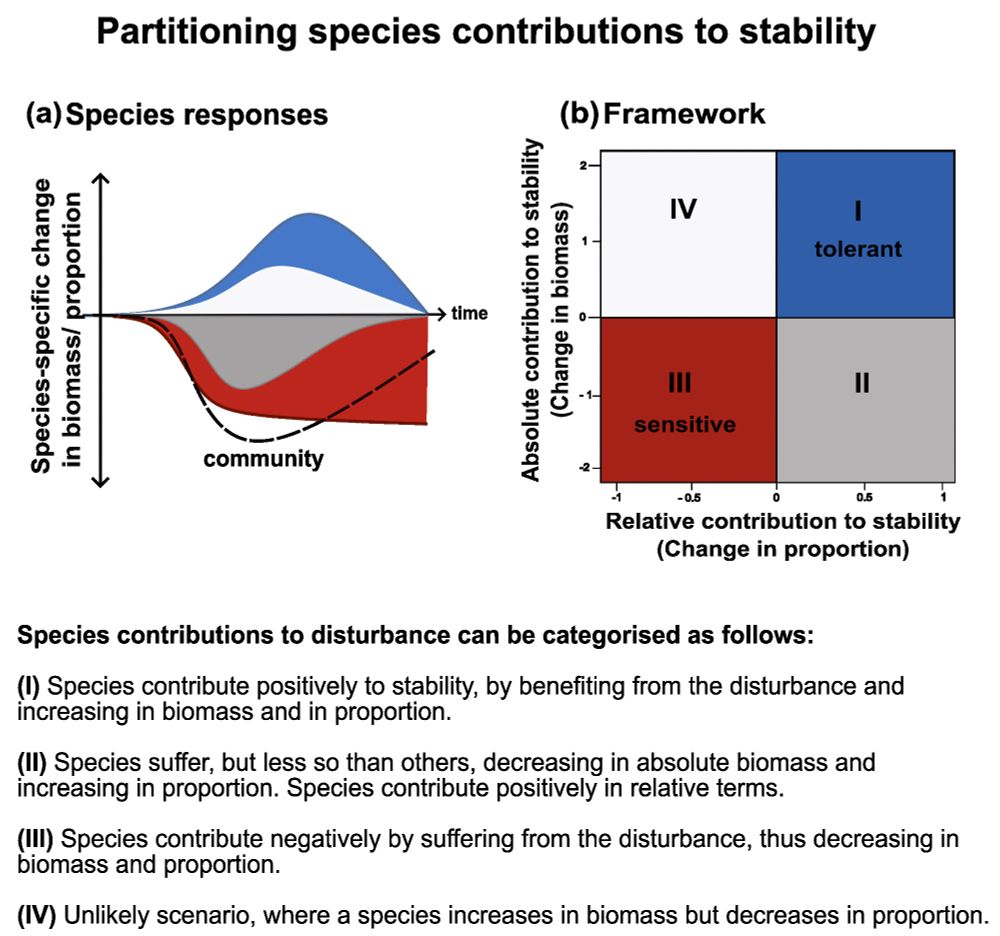Francesco Polazzo
@fancescopolazzo.bsky.social
130 followers
220 following
9 posts
PostDoc at the University of Zurich.
Passionate about ecological stability, environmental change, community ecology, food web, but also climbing, mountaineering, ski touring, (gravel)biking.
Posts
Media
Videos
Starter Packs
Reposted by Francesco Polazzo
Reposted by Francesco Polazzo
Reposted by Francesco Polazzo
Reposted by Francesco Polazzo
Reposted by Francesco Polazzo






